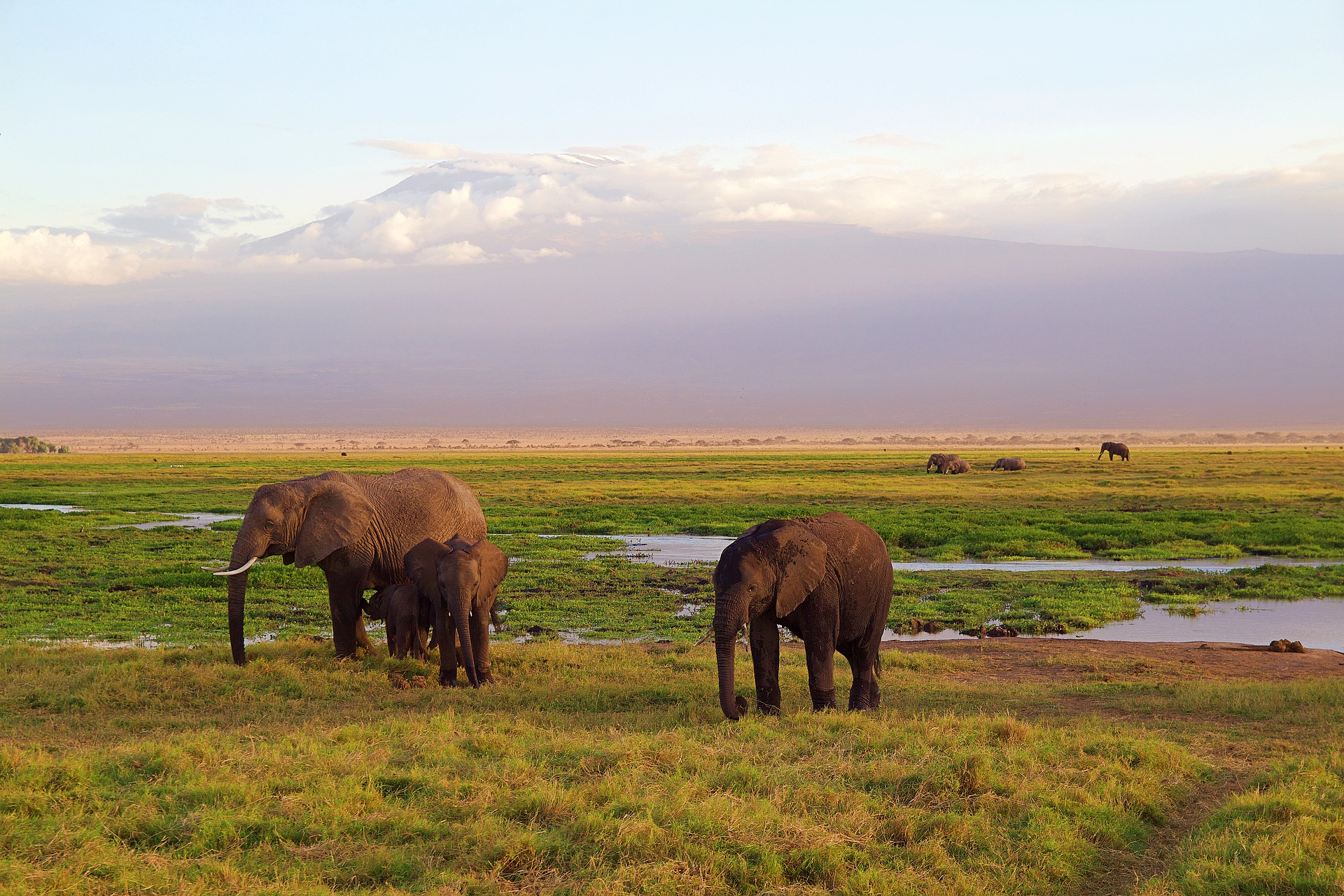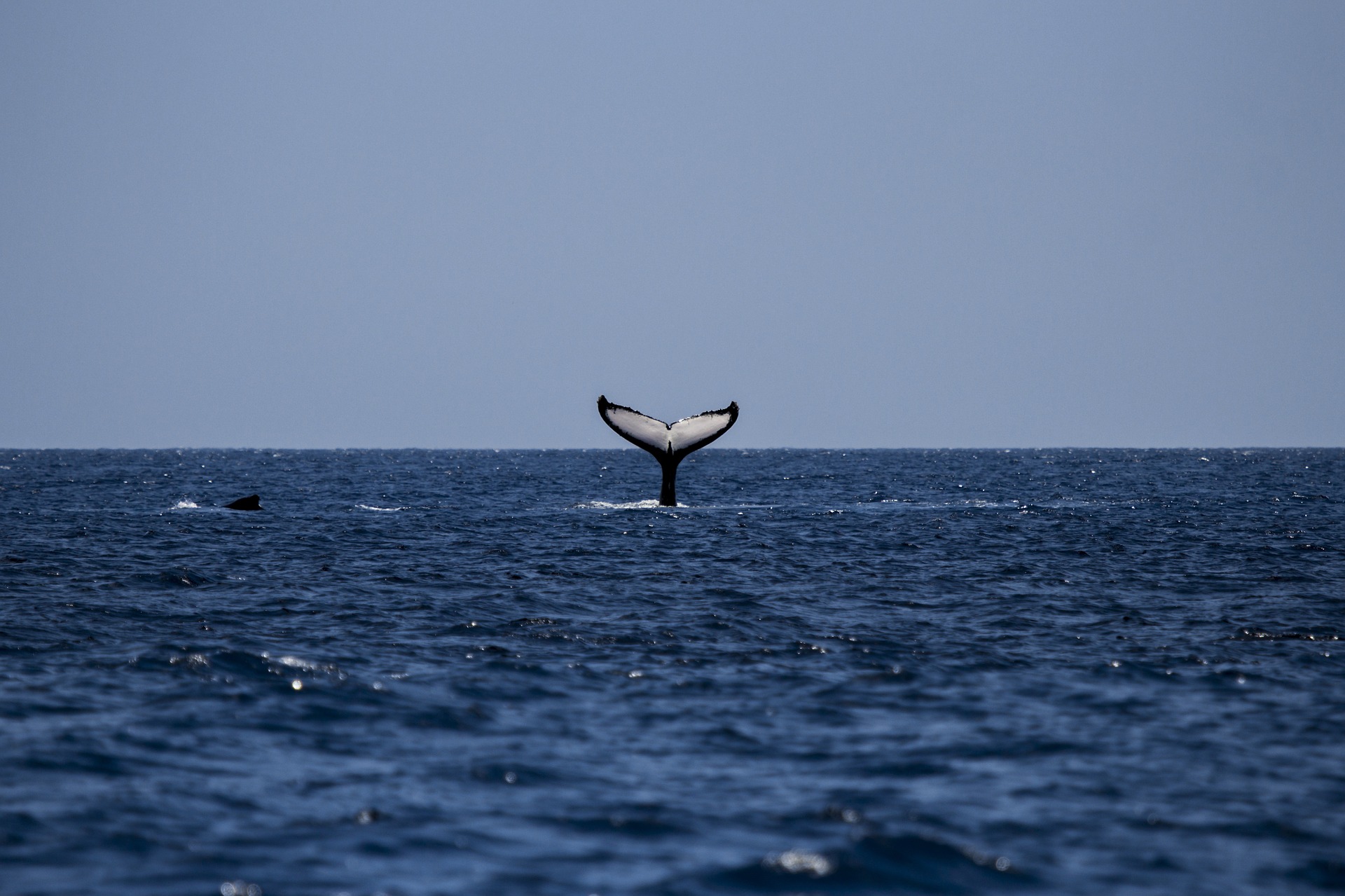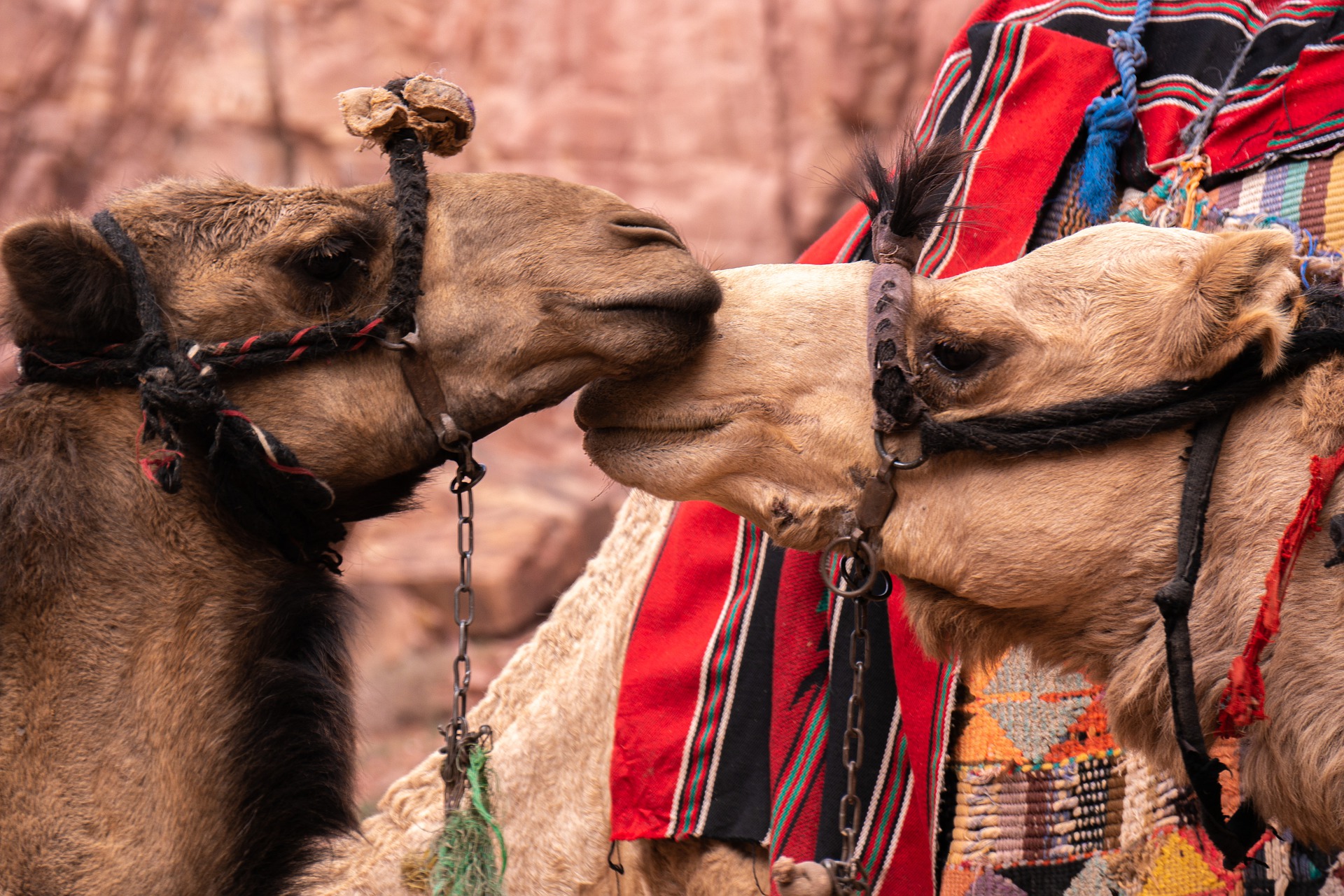How you can have ethical encounters with animals on your next trip…
We all love to come face to face with amazing creatures we’ve only maybe seen in books before. However, animal tourism in past years hasn’t necessarily always been ethical, although things are looking better! Here’s what to keep in mind before you book your (sustainable) animal encounter experience…
Tip 1: Stay wild
The first rule of thumb is that you don’t want to interfere with the personal space of the animals… they’re kind of like Finnish people in that way. This is why observing the animals from a distance while they are in their natural habitat in the wild is the best way to have an animal experience. This could include wild safaris, national parks, or wildlife sanctuaries. A perfect example is Chiang Mai’s Elephant Nature Park, where the elephants go about their daily business while you get to be an observer on the side. Whatever you do, it’s not a good choice to go riding an elephant: that’s not exactly their natural habitat.
{{cta(‘5f875785-0742-4245-b4d2-5e73c7be0327′,’justifycenter’)}}


Observe animals in their natural habitat
Tip 2: Read tourism operator reviews
We all know that one of the first places we go to check if something is worthwhile or not is by checking the reviews. You should do this also when booking your animal encounter experience. Look for both positive and negative reviews to get a proper understanding. Usually, the 1 or 2-star reviews tell you best if something during the tour was unsustainable! Google reviews, Trip Advisor and Facebook are all worth checking out as to what the people are saying. You can even check if the tour operator is certified under international certifications such as the Fair Trade Tourism certification. By going in a group, you can also book a private tour for a reasonable price!
{{cta(‘1942fc05-157b-43d9-9c87-efcdb6a46b6c’,’justifycenter’)}}
Tip 3: If animals are used for entertainment purposes, it’s probably a good idea to skip it
If the animal is being used for entertainment, this is a sure red flag. Performing dolphins, elephant painting, snake charming, dancing bears… you get the idea. I think we can all be quite sure that the animal is almost as far away from its natural habitat as it is possible to be. Note: this includes zoos! Since when was it normal that we gawk at giraffes in a cage in the middle of Europe? Just head to Africa instead, and take your friends with you! 😉
{{cta(’93abaf6a-eec9-49ef-b6e4-b36aaccb7a68′,’justifycenter’)}}
Tip 4: Support local
This is one of the top ways to begin traveling sustainably. You can check out some more tips on how to do just that here. When it comes to animal tourism, it’s important that you consider supporting the community as well. Donating money to international corporations may be a good idea sometimes, but what is more important is that you’re actually supporting communities where sustainable animal tourism takes place. By eating at local restaurants and embracing a different culture, you’re also giving opportunity for the community to protect their natural environment.

Support local
Tip 5: Keep it on the DL
Animals aren’t fans of large crowds and lots of noise. In fact, it can even be traumatizing for animals who have been the victim of fear-based training, for example. So, you’re best served with a tour operator that makes sure the animals aren’t being overwhelmed by your presence! Also… animals aren’t necessarily fans of selfies! Keep your distance. 🙂

Shh! We’re amongst lions
We all can put our best foot forward in helping sustainable animal tourism and other ways to travel sustainably! If you want to start an adventure with some like-minded travelers, start browsing upcoming trips at JoinMyTrip and book your trip now! If you’re more of a planner and organizer of trips, join our awesome community of TripLeaders by creating your first trip. The world is waiting!
{{cta(‘053898e2-1786-47d5-bc49-e5f03f74e1af’,’justifycenter’)}}

